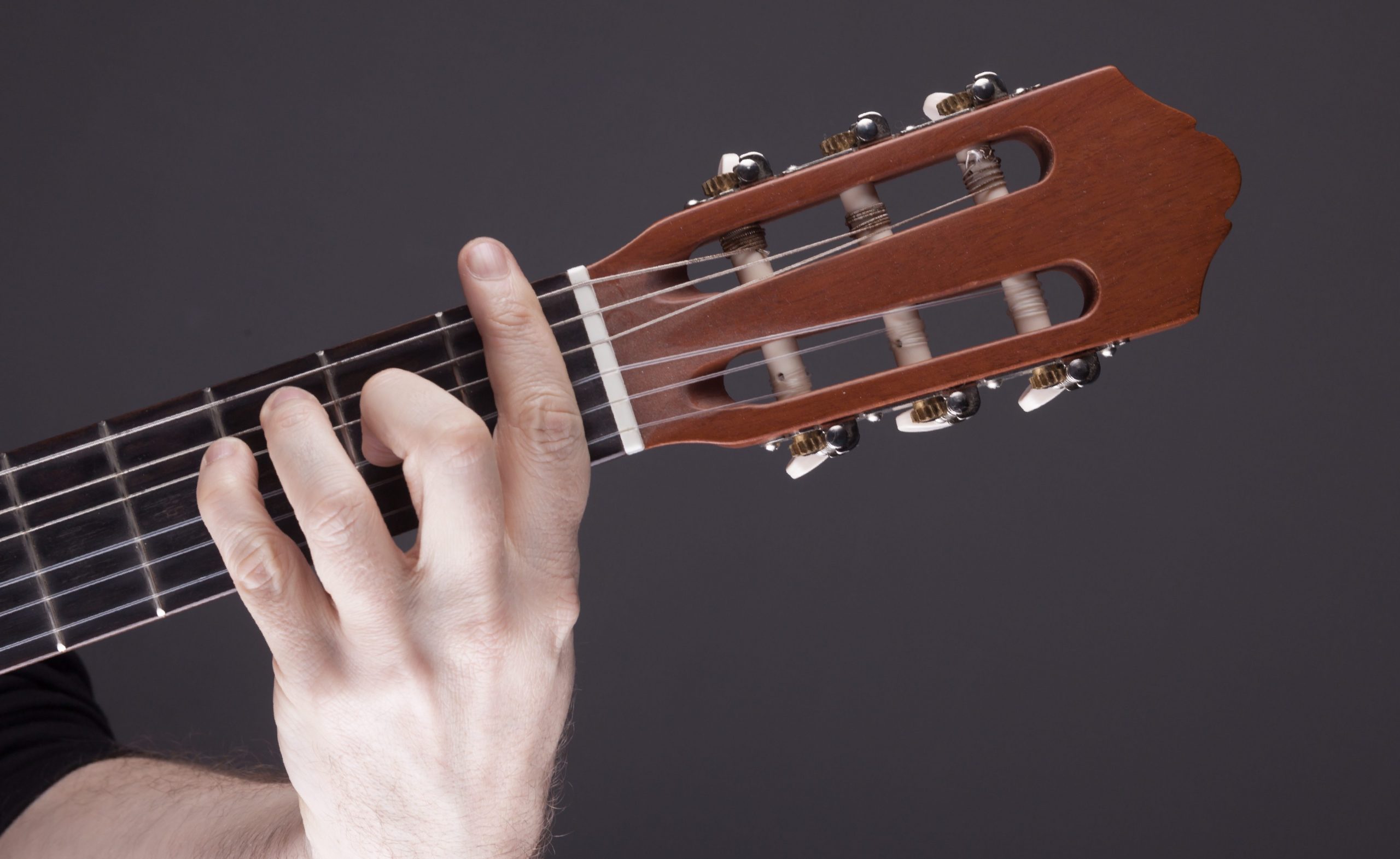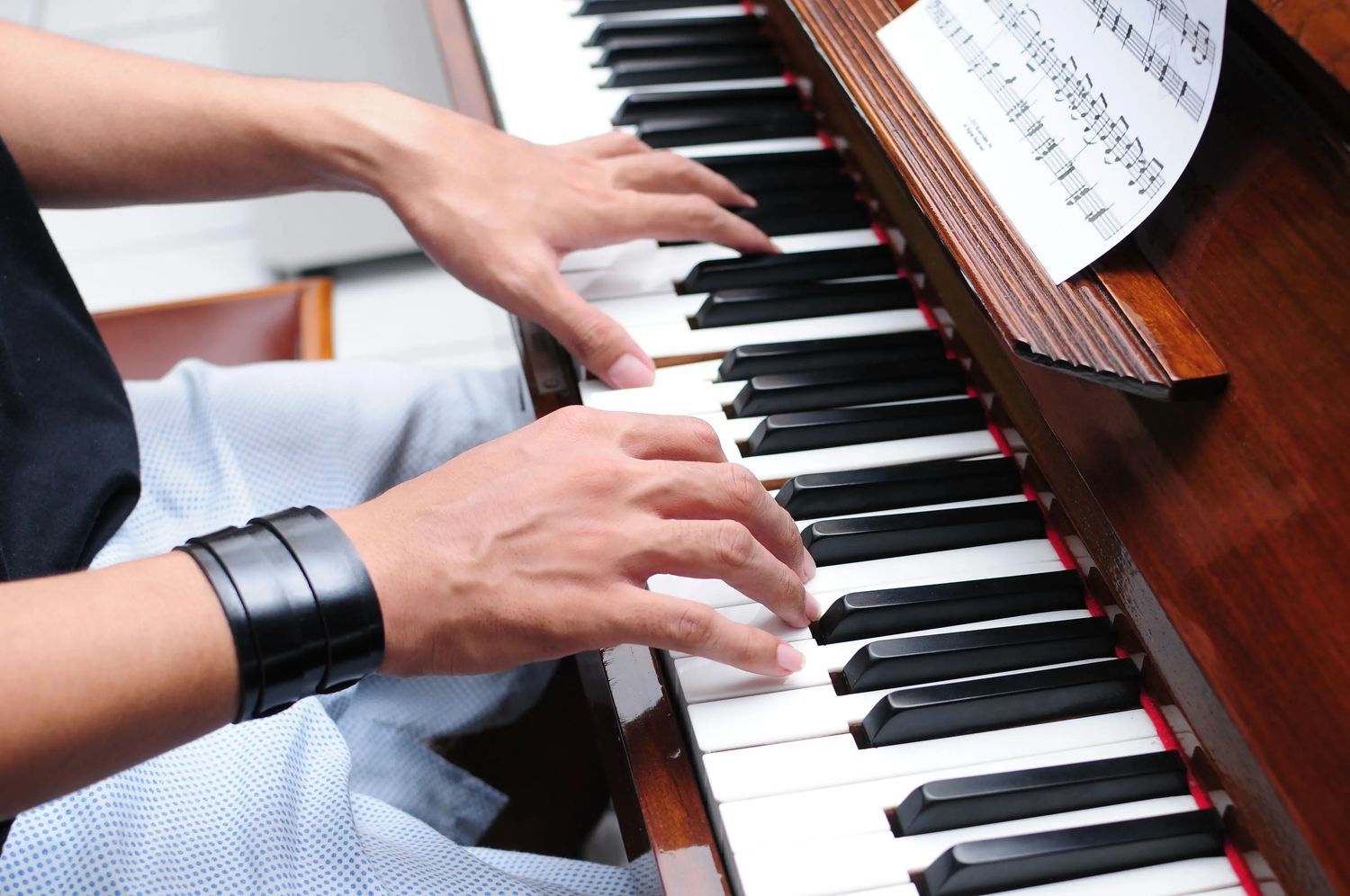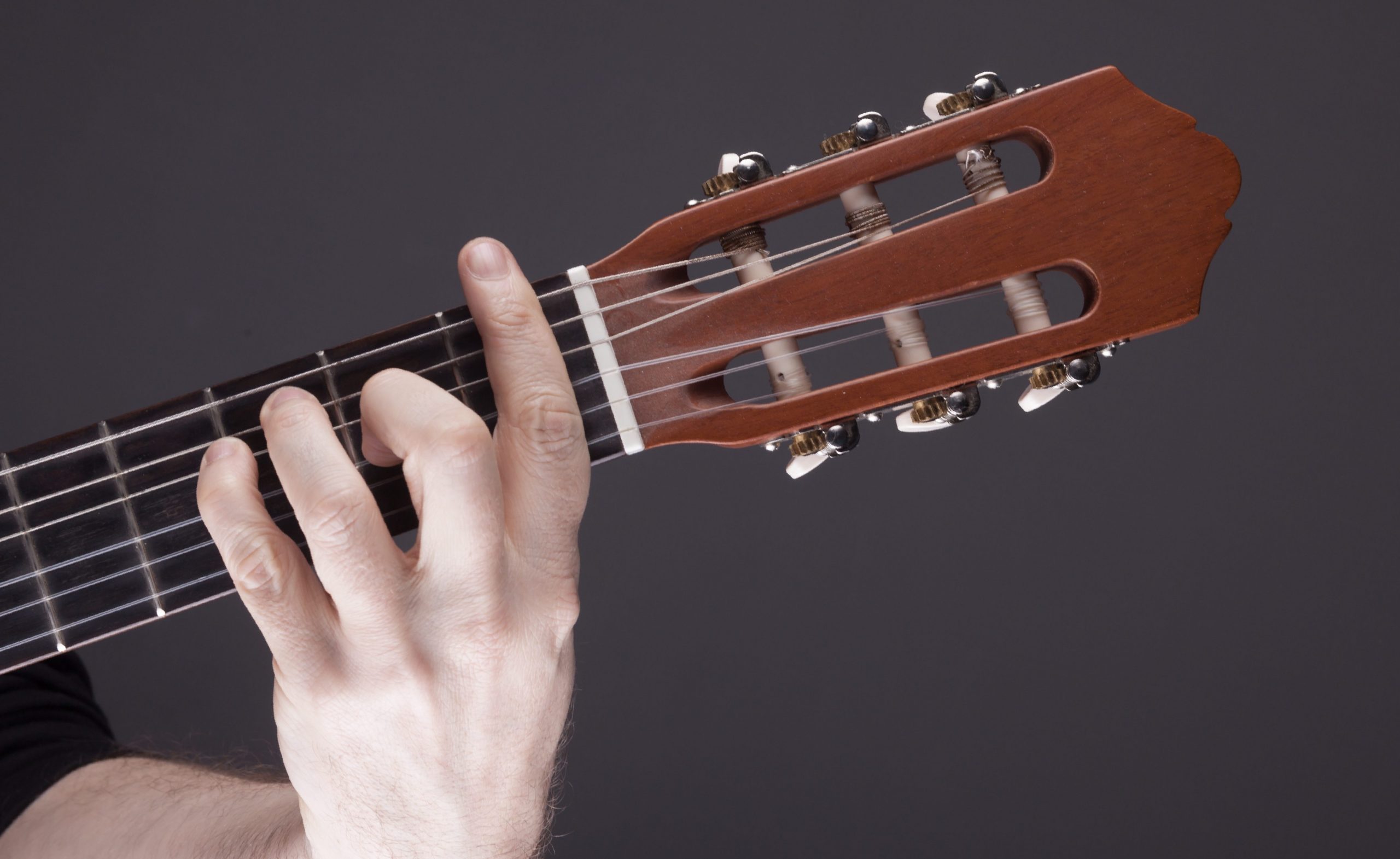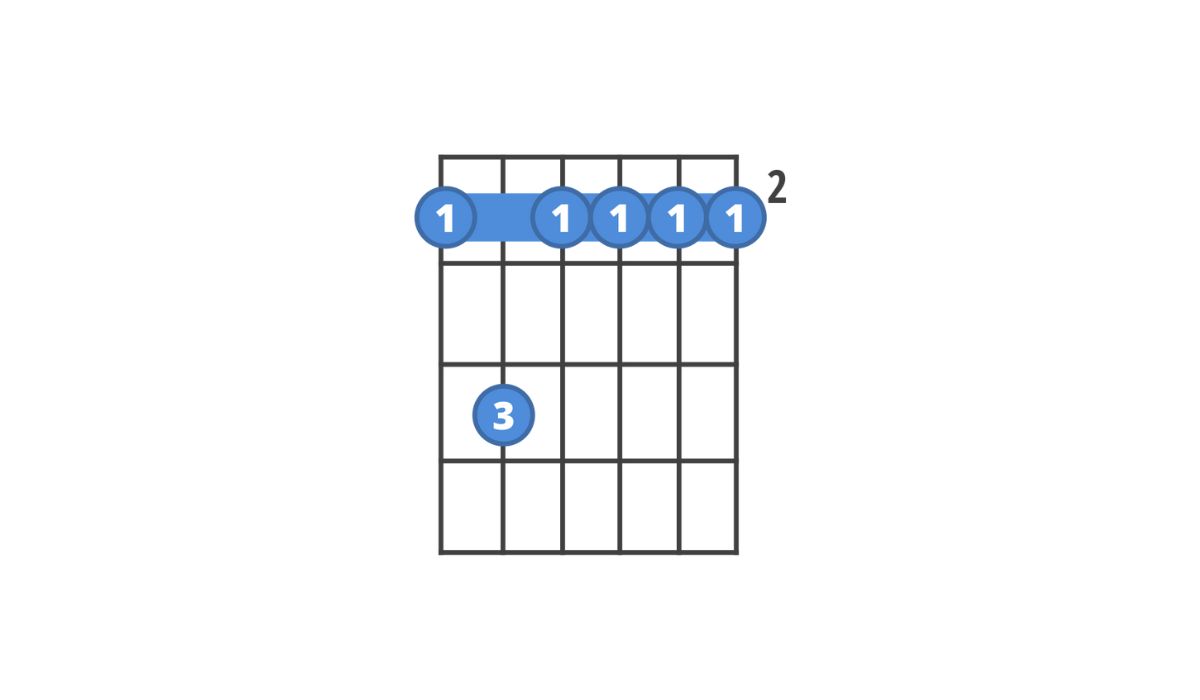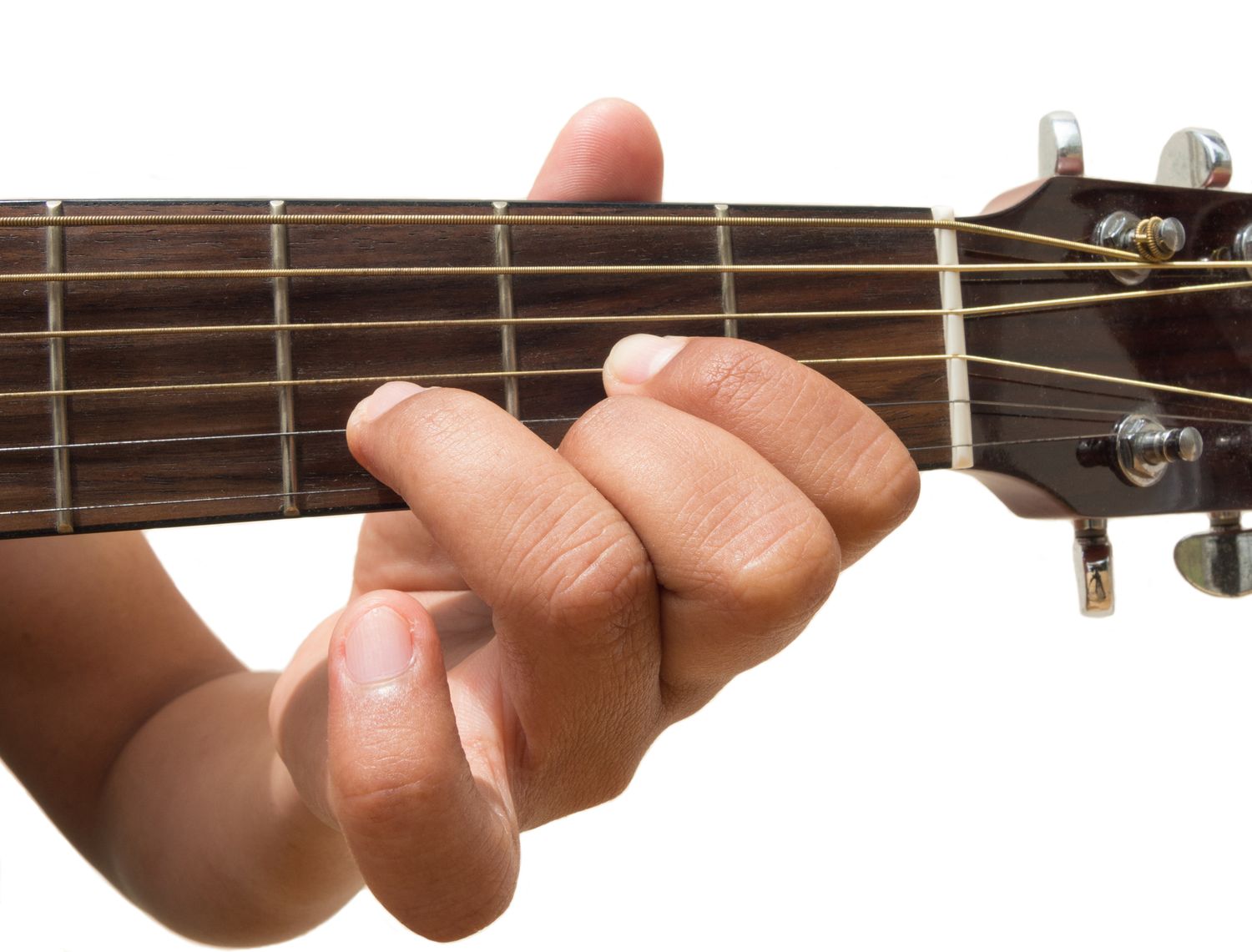Home>Instruments>Piano>How To Play An F Chord On Piano
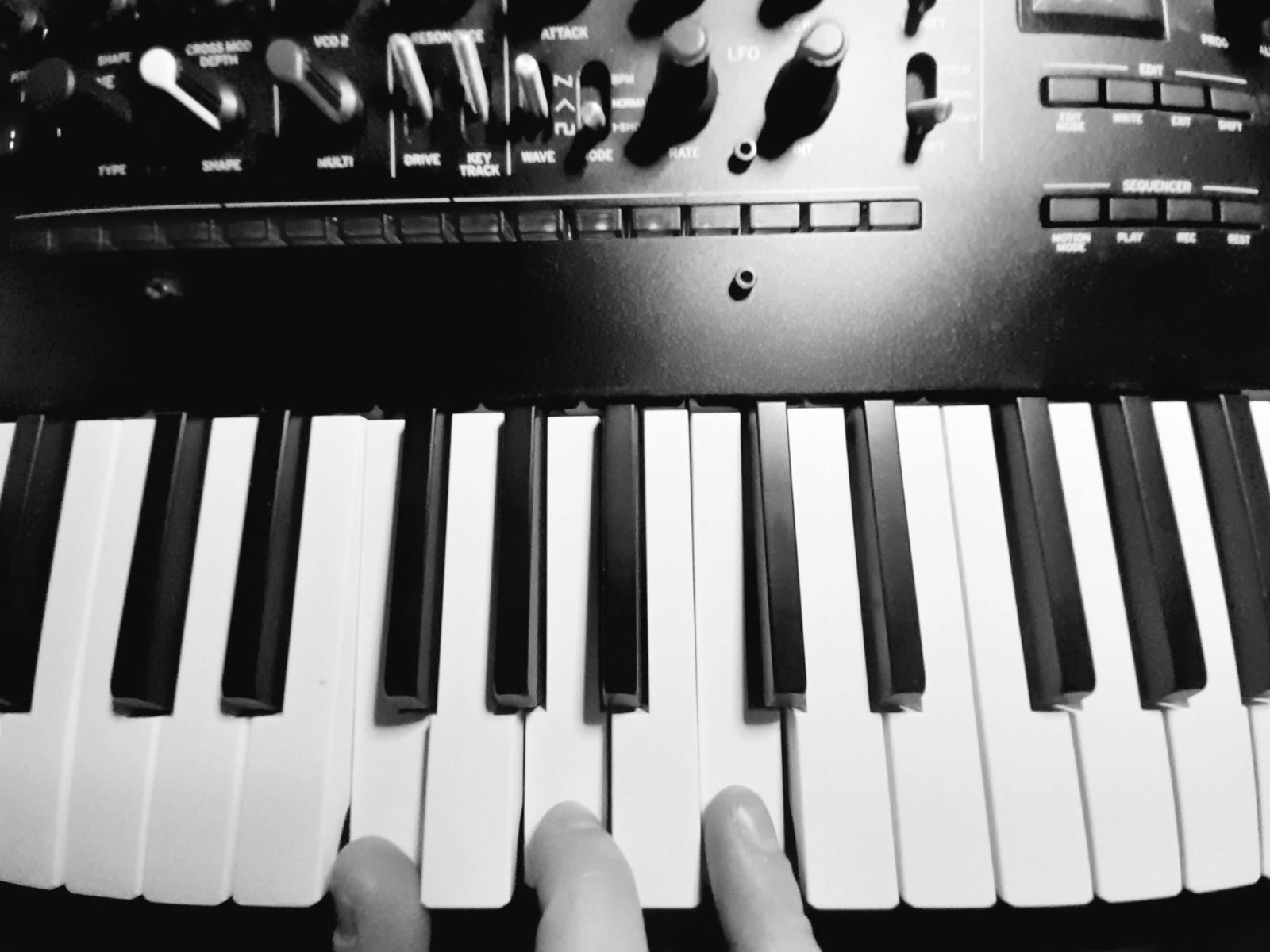

Piano
How To Play An F Chord On Piano
Published: February 10, 2024
Learn how to play an F chord on the piano with our step-by-step guide. Master the basics of piano playing and start creating beautiful music today.
(Many of the links in this article redirect to a specific reviewed product. Your purchase of these products through affiliate links helps to generate commission for AudioLover.com, at no extra cost. Learn more)
Table of Contents
Introduction
Understanding the F Chord on Piano
The F chord is a fundamental component of piano playing, forming the basis of countless songs across various genres. Mastering this chord is a significant milestone for any aspiring pianist, as it opens the door to a wide array of musical possibilities. In this comprehensive guide, we will delve into the intricacies of playing an F chord on the piano, providing valuable insights and practical tips to help you navigate this essential aspect of piano technique.
Understanding the F chord involves more than just memorizing finger placements; it requires a holistic grasp of music theory and the physical dynamics of piano playing. By comprehensively exploring the nuances of the F chord, we aim to equip you with the knowledge and confidence to incorporate this foundational element into your musical repertoire.
Whether you're a novice seeking to expand your piano skills or an experienced player aiming to refine your technique, this guide will cater to your needs. From unraveling the theory behind the F chord to offering hands-on guidance for optimal finger positioning, we will cover every facet of playing this pivotal chord.
Embark on this musical journey with an open mind and a willingness to embrace the intricacies of piano playing. By the end of this guide, you will not only have a firm grasp of the F chord but also a deeper appreciation for the artistry and precision that underpin the world of piano music. Let's dive into the enriching realm of the F chord and unlock its boundless potential on the piano.
Understanding the F Chord
Before delving into the physical aspect of playing the F chord on the piano, it’s essential to grasp the theoretical foundation that underpins this musical entity. The F chord is comprised of three notes: F, A, and C. In the context of music theory, this amalgamation of notes represents a fundamental building block of harmony and melody.
The F chord belongs to the category of major chords, distinguished by their bright and uplifting sound. Understanding the structure of a major chord is pivotal to comprehending the F chord’s composition. In a major chord, the first note, also known as the root note, sets the tonal foundation. In the case of the F chord, this role is assumed by the note F. The subsequent notes, A and C, complement the root note, contributing to the chord’s full-bodied resonance.
Furthermore, the F chord is integral to the concept of chord progressions, which form the backbone of numerous musical compositions. By familiarizing yourself with the F chord and its harmonic implications, you gain the ability to navigate through diverse musical pieces with confidence and proficiency.
Understanding the theoretical underpinnings of the F chord not only enriches your musical knowledge but also enhances your overall piano-playing prowess. It enables you to approach the F chord with a deeper appreciation for its harmonic significance, thereby infusing your renditions with a heightened sense of musicality and expression.
As we progress through this guide, we will continue to unravel the multifaceted nature of the F chord, delving into its practical application on the piano while maintaining a firm grounding in the theoretical framework that defines its essence.
Positioning Your Hands
Efficient hand positioning is pivotal in executing the F chord on the piano with precision and fluidity. As you embark on this musical endeavor, it’s imperative to adopt a posture that optimizes dexterity and comfort, laying a solid foundation for seamless chord transitions and melodic embellishments.
When positioning your hands to play the F chord, begin by assuming a relaxed and natural posture at the piano. Sit with a straight back, allowing your arms to hang freely by your sides. As you position your hands on the keyboard, ensure that your wrists remain level with the keys, avoiding any unnecessary strain or tension.
For the right hand, the F chord typically involves placing the thumb on the note F, the middle finger on A, and the pinky on C. This configuration facilitates a balanced distribution of finger strength and agility, enabling you to articulate the chord with finesse and clarity. As for the left hand, the fingers assume a mirrored positioning, with the pinky on F, the middle finger on A, and the thumb on C.
Embracing a relaxed yet poised hand posture not only enhances your technical proficiency but also minimizes the risk of fatigue and strain during prolonged practice sessions. By cultivating a mindful approach to hand positioning, you pave the way for sustained progress and musical fluency in your piano journey.
Moreover, conscientious hand positioning sets the stage for effortless chord transitions, empowering you to navigate through intricate musical arrangements with confidence and grace. As you acquaint yourself with the optimal hand posture for playing the F chord, you lay a solid groundwork for expanding your repertoire and delving into more advanced piano techniques.
By prioritizing ergonomic hand positioning, you embark on a transformative path toward mastering the F chord and, by extension, elevating your overall piano-playing prowess. As we proceed to the practical execution of the F chord, remember that the alignment and poise of your hands are instrumental in unlocking the full potential of this foundational musical element.
Playing the F Chord
Executing the F chord on the piano demands a harmonious synergy of technique, precision, and musical intuition. As you acquaint yourself with the physical act of playing this fundamental chord, it’s essential to approach it with a blend of finesse and confidence, infusing each note with clarity and resonance.
To initiate the process of playing the F chord, position your hands as previously outlined, ensuring that your fingers are poised to strike the designated notes with agility and control. As your fingertips make contact with the keys, strive for a consistent and even pressure to elicit a balanced and resonant sound from each note within the chord.
Engage the muscles in your hands and arms to generate a fluid yet assertive motion, allowing the notes of the F chord to ring out with clarity and definition. Maintain a steady tempo as you play, fostering a sense of rhythmic cohesion that accentuates the inherent beauty of the chord.
As you become attuned to the tactile nuances of playing the F chord, pay heed to the sustain and release of each note, aiming for a seamless transition between the constituent tones. Cultivate an acute awareness of the sonic interplay within the chord, striving to evoke a rich and resonant tapestry of harmonies that reverberate with musical expression.
Furthermore, imbue your rendition of the F chord with a touch of personal artistry, infusing the notes with subtle variations in dynamics and phrasing. By infusing your interpretation with nuance and emotive depth, you breathe life into the F chord, transforming it from a mere sequence of notes into a compelling musical statement.
Approach the act of playing the F chord with a sense of musical mindfulness, embracing each note as a vital constituent of a larger melodic tapestry. As you navigate the intricacies of this foundational chord, let your passion for music guide your fingers, infusing your rendition with an authentic and heartfelt resonance.
By honing your ability to play the F chord with finesse and musicality, you embark on a transformative journey toward mastering this essential element of piano technique, laying the groundwork for a rich and rewarding musical odyssey.
Tips for Mastering the F Chord
Mastering the F chord on the piano is a multifaceted endeavor that encompasses technical proficiency, musical sensitivity, and diligent practice. To aid you in navigating this enriching pursuit, consider the following tips that are tailored to enhance your mastery of the F chord:
- Consistent Practice: Dedicate regular practice sessions to familiarize yourself with the nuances of the F chord. Repetition fosters muscle memory and enhances your ability to execute the chord with precision and fluidity.
- Focus on Hand Posture: Pay meticulous attention to the positioning of your hands when playing the F chord. Cultivate a relaxed yet poised posture that optimizes dexterity and minimizes tension, laying the groundwork for sustained progress.
- Explore Variations: Experiment with different voicings and inversions of the F chord across the keyboard. This exploration not only broadens your harmonic understanding but also enriches your musical palette, enabling you to infuse diverse tonal colors into your compositions.
- Dynamic Expression: Embrace dynamic variation when playing the F chord, incorporating subtle shifts in volume and articulation to imbue the chord with expressive depth and musical character.
- Integrate the F Chord into Repertoire: Incorporate the F chord into various musical pieces, allowing it to serve as a cornerstone of your repertoire. This integration provides practical context for mastering the chord and facilitates seamless transitions between musical passages.
- Ear Training: Develop your ear for harmonic intervals and chord progressions, honing your ability to identify the resonant quality of the F chord within diverse musical contexts. This heightened perceptiveness enhances your musical acumen and fosters a deeper connection with the chord.
- Patience and Persistence: Approach the journey of mastering the F chord with patience and persistence. Embrace the incremental progress and revel in the evolving fluency with which you navigate the intricacies of this foundational piano element.
By integrating these tips into your practice regimen and musical exploration, you embark on a transformative odyssey toward mastering the F chord. Embrace the process with enthusiasm and dedication, and let the resonant allure of the F chord inspire and invigorate your musical pursuits.


